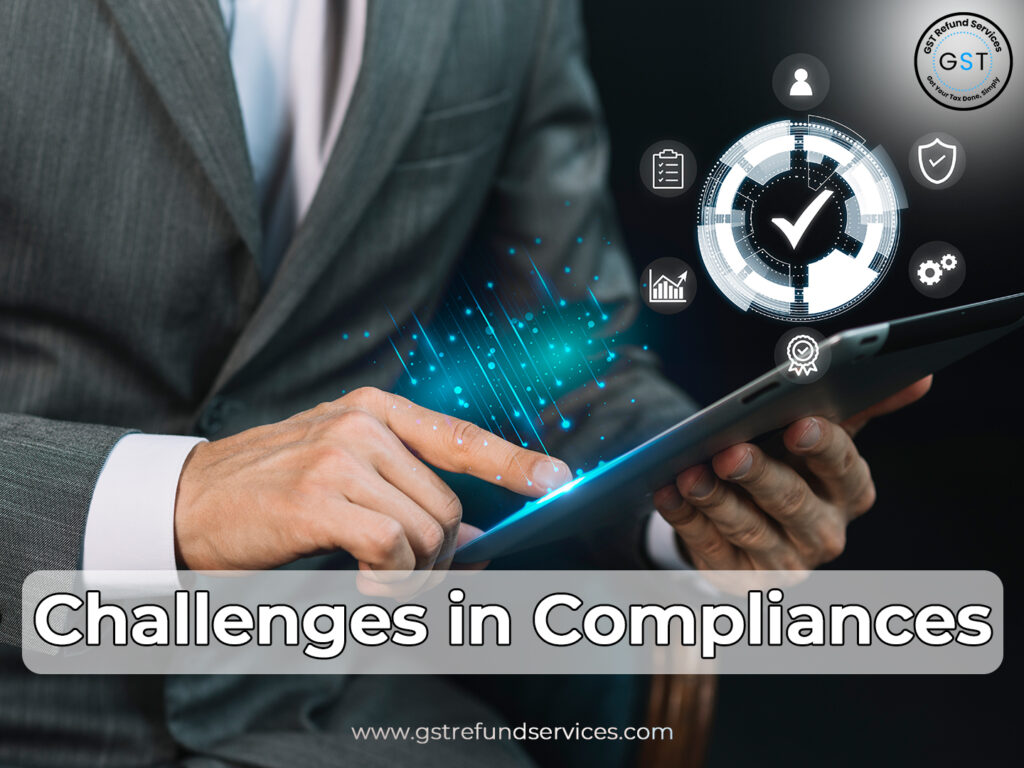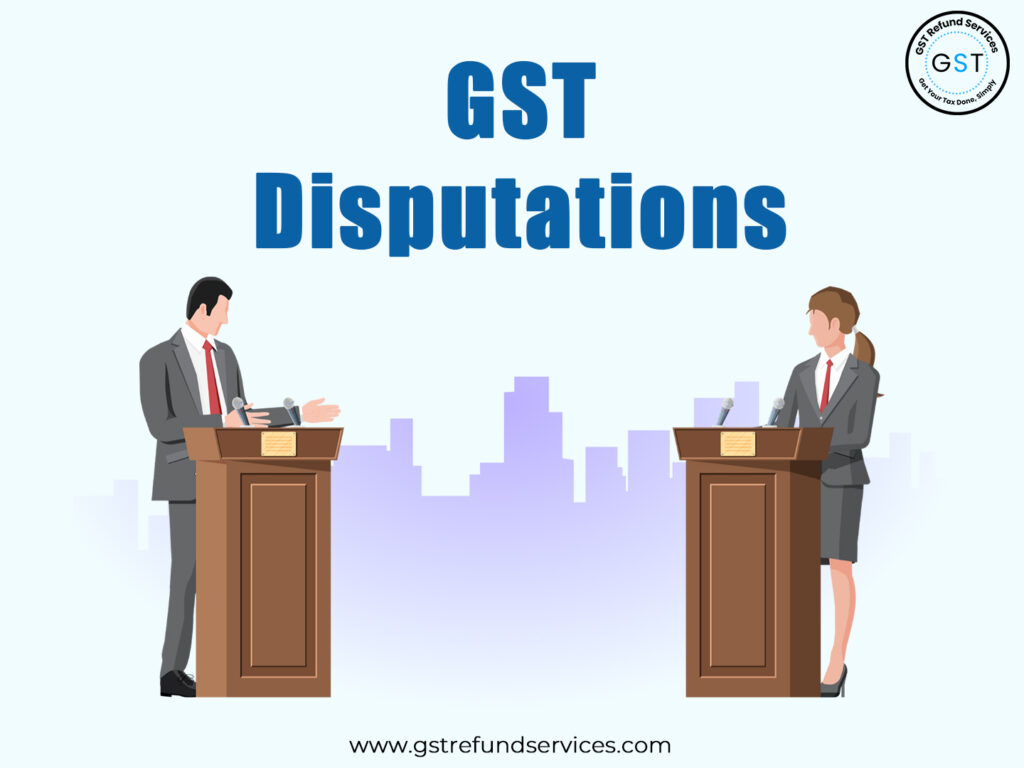The Goods and Services Tax was implemented with several difficulties, despite the fact that its goal was to simplify India’s indirect tax system. This chapter explores some of the main issues facing GST and provides a perceptive analysis of the conflicts and complexities surrounding this ambitious reform. Prepare to investigate topics ranging from early teething problems to continuing worries about rate structures, compliance, and its effect on particular industries. Get ready for a detailed examination of GST’s journey, achievements, and setbacks in this chapter.
7.1 Challenges In Compliance

7.1.1 An Intricate GST Structure
One of the primary barriers to compliance with the GST is its intricate tax structure. Businesses, particularly small and medium-sized businesses (SMEs), may find the multi-rate system confusing due to its different tax slabs and unique state-specific laws and regulations. Companies that conduct business in several states encounter more difficulties with compliance since they have to deal with a range of state-specific laws.
In addition, companies have to file numerous returns and precisely reconcile a number of forms, such as GSTR-1 (for outward shipments) and GSTR-3B (a summary return). Due to errors, delays, and other compliance-related problems, firms may have to pay more as a result of the complexity of compliance.
7.1.2 Technical Obstacles
When implementing the digital tax system for the GST, businesses and the government encountered technological obstacles. Many SMEs initially struggled to adapt to the new digital infrastructure required for GST compliance. The GST portal’s bugs, accounting software incompatibilities, and the need for digital literacy were all major challenges.
The government’s GST Network (GSTN) infrastructure encountered capacity and stability problems during the initial implementation, making it difficult to generate invoices and file returns. Even though these technological issues have been fixed over time, they nonetheless serve as a reminder of how important it is to have a robust IT infrastructure and support in order to carry out the GST in an effective manner.
7.2 GST Disputations

7.2.1 GST Rates For Basic Goods
One of the GST-related topics that keeps coming up is the categorization of needs and the associated tax rates. Critics argue that certain essential goods and services, such medications, sanitary products, and basic food items, should have lower or no GST rates in order to guarantee affordability and accessibility for all segments of society.
In contrast, the government frequently faces financial challenges when considering cutting tax rates on necessities because it depends on GST money to fund public services and development activities. Finding a balance between income generation and affordability is still a hotly debated topic when it comes to GST rate setting.
7.2.2 Composition Scheme-Related Problems
A simplified tax plan for small firms with a predetermined turnover cap, the GST Composition Scheme relieves the burden of onerous compliance but sparks continuous discussion. Opponents contend that it restricts interstate trade and access to input tax credits, which are essential for claiming taxes paid on purchases, so impeding their growth. Besides, the ideal threshold is a topic of ongoing debate. Should it be lowered to guarantee that larger players contribute their fair amount, or raised to accommodate additional businesses? There are benefits and cons to both choices, thus the perfect setting is a moving goal.
This version highlights the fundamental argument and its intricacies while distilling the details. It eschews redundancy and draws attention to the main issues regarding the efficacy and constraints of the plan.


